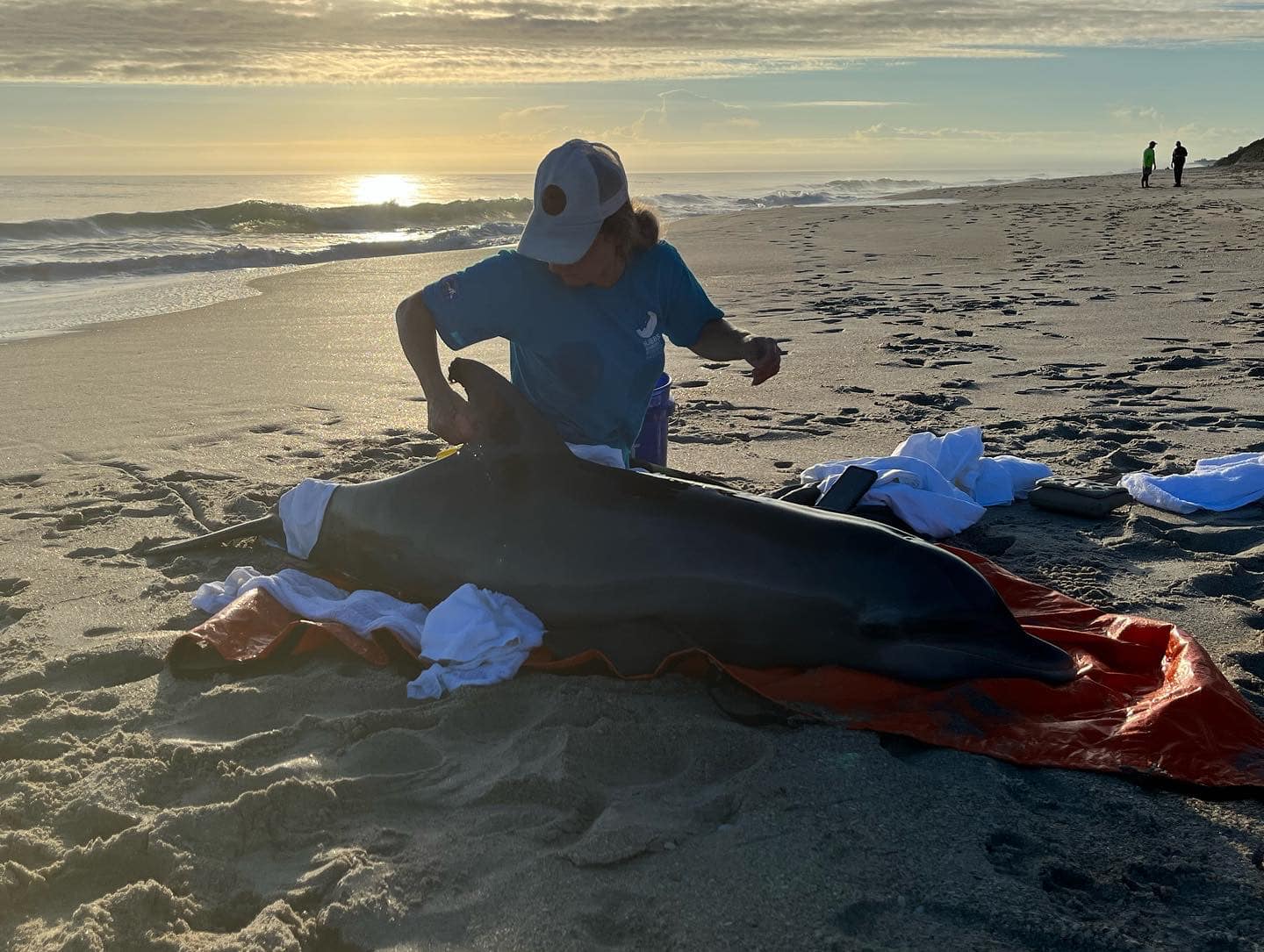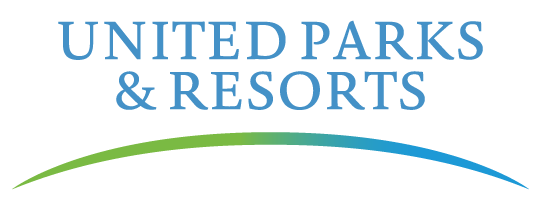SeaWorld Partners in Conservation: Hubbs-SeaWorld Research Institute
.jpg?hash=A0B502DBA5D7F0AA9D2DF13CD0BAB257A59C20E5&version=1_202206152416)
The Hubbs-SeaWorld Research Institute (HSWRI) is SeaWorld’s longest-standing partner in conservation. Despite the shared name, HSWRI is a separate organization independent of SeaWorld. The relationship can be traced back all the way to the very beginning of HSWRI, when it was first founded in 1963 as the Mission Bay Research Foundation by Milton Shedd, a year before he would go on to open the first SeaWorld park in 1964. In 1977 the Institute was rededicated in honor of Dr. Carl Leavitt Hubbs, professor emeritus of biology at Scripps Institution of Oceanography, and a long-time believer in the role of marine aquariums and zoological parks to support education and research. Shortly after its rededication, the Institute expanded its operations to the east coast of the United States, working in collaboration with SeaWorld Orlando.
Today, HSWRI and SeaWorld enjoy a close working relationship, collaborating and responding together on a variety of conservation and rescue endeavors, and serving as first responders in marine animal rescue.
“We here at the Institute are scientists,” said Don Kent, HSWRI president & CEO. “But thanks to our relationship with SeaWorld, who has the teams and equipment needed to answer the call for a rescue, we can join them in saving marine animals from entanglements and illness, identify causes and conditions that lead to it, and collaborate on solutions.”
HSWRI currently has research teams on both the east and the west coasts. The east coast team is continuing the Institute’s long-term research on the bottlenose dolphins of the Indian River Lagoon (IRL) and has recently extended its work to river otters. The team is a partner in the National Oceanographic and Atmospheric Administration’s stranding network; the area they cover has one of the highest incidences of cetacean strandings (dolphins and whales) in the southeastern U.S. The west coast team focuses on a broad range of marine species and has a long history of working with animals in SeaWorld parks to answer important research questions. The common theme is addressing problems resulting from contact between human activities and marine life. Examples include research to restore depleted fisheries and studies of diseases that can be transferred to or from species on land. Drawing on SeaWorld’s experience in caring for animals entangled in human-made debris, both teams have frequently focused on what we put in the ocean – noise, vessels, debris, and gear. The importance of synergy among SeaWorld and both Institute teams can be seen in efforts to save the North Atlantic right whale, from helping to identify cause of death when they strand to promoting efforts to prevent entanglements.
“Conservation is in SeaWorld’s DNA, and it has been since its inception,” said Don. “SeaWorld is more than just parks and entertainment — it’s also about education and being proactive in the environment, and I don’t think they get enough credit for that.”

“We’re very fortunate to have worked with SeaWorld for many decades,” said Wendy Noke Durden, research scientist at HSWRI. “Our institute wouldn’t be where it is today without our strong relationship with SeaWorld.”
“To return to the sea some measure of the benefits derived from it” is HSWRI’s mission statement, and this giving-back mentality is reflected in the science-based approach applied by Institute scientists on both the east and the west coasts. Excellence in marine science implied by the name “Hubbs” and excellence in zoological operations and education inferred by the name “SeaWorld” embodies the role the Institute plays in global conservation research.
“Our job is to identify the tiny details that are all interrelated and crucial to solving marine wildlife environment problems,” said Ann Bowles, senior research scientist at HSWRI. “For example, in the field of sensory biology, before we can study how marine animals are affected by noise, we need to start further back by figuring out what they can and cannot hear in the first place.”
Recently, HSWRI, SeaWorld and collaborators undertook a significant effort to evaluate mortality trends in a Florida dolphin population that commonly experiences Unusual Mortality Events.
“In general, the biggest threats dolphins face are infectious disease and trauma — either from human activities or natural trauma such as shark bites,” explained Teresa Jablonski, research scientist at HSWRI. “Every time there’s a big die-off event and we don’t know the whole story, it’s important to look at everything in order to piece it all together.”
“We look at how the dolphin population has changed and then correlate it to increased nitrogen levels in the water, habitat modifications that have occurred over the years, and shifts in the types of prey that dolphins are consuming.” said Wendy Noke Durden. “Only by understanding how these animals are being affected by changes in their environment can we hope to provide the answers that will reverse the negative impacts on the population. These efforts are so important to finding solutions, and SeaWorld’s support is a huge part of that.”
A valuable component of the mutually beneficial relationship between SeaWorld and HSWRI is the access to marine mammals that SeaWorld provides to researchers for study.
“The work being done studying animals at SeaWorld under controlled conditions is a huge part of our research,” said Ann Bowles. “It’s a challenge to record and judge cumulative effects when you’re observing animals out in their natural habitats and tracking them for only a few days; you get these little glimpses that can be incomplete or misleading, but at SeaWorld we can look intensively at individual behavior over time.”
“SeaWorld is very humble when it comes to marine mammal help, but it’s important to realize it is the go-to place for data on marine mammals,” said Megan Stolen, director of the Melbourne Beach Laboratory at HSWRI. “When an animal is sick or there’s an entanglement, no matter how big or small, SeaWorld is often called to participate or support with information.”
The SeaWorld Conservation Fund is another medium through which SeaWorld supports research at HSWRI and on behalf of marine life generally. “SeaWorld is justly famous for its rescue work, but sometimes the mission to solve problems is just as important – for example, both of our organizations work side by side on technological solutions for entanglement,” said Ann Bowles. “Through the Conservation Fund SeaWorld is supporting a technological solution to entanglement for right whales. It’s hard to find a large company with a track record for support of wildlife research as great as SeaWorld’s. This is why we take such pride in our partnership with them!”